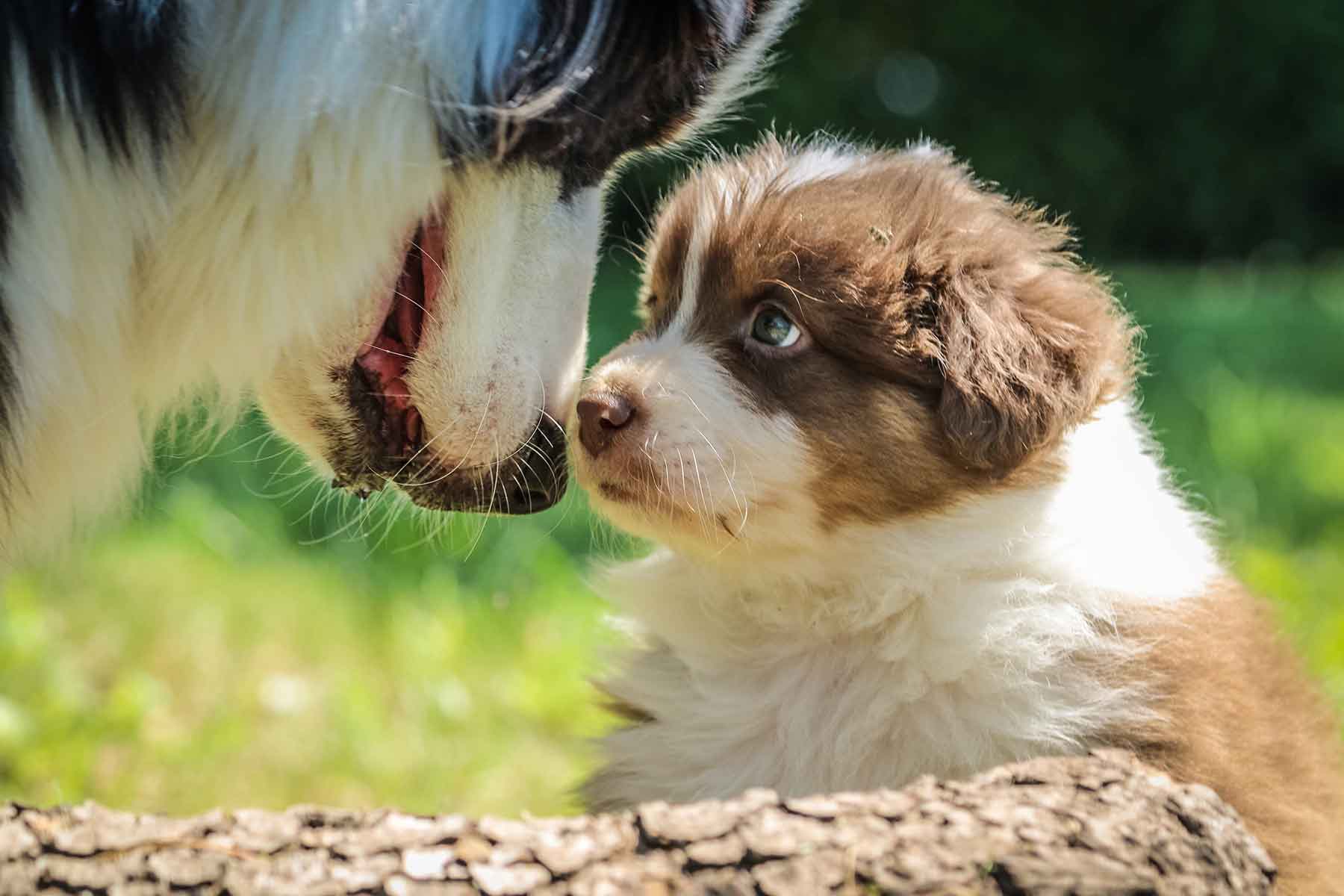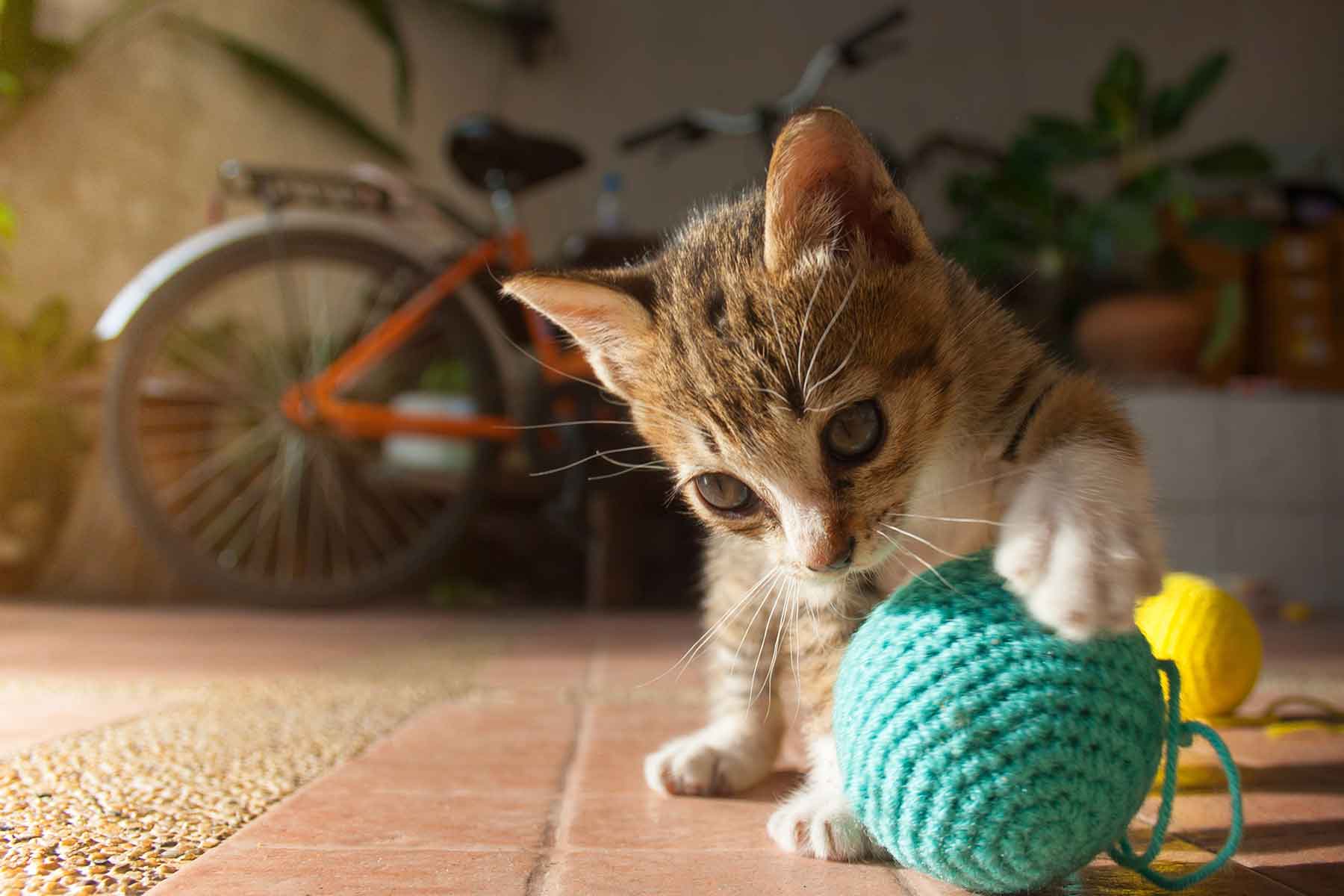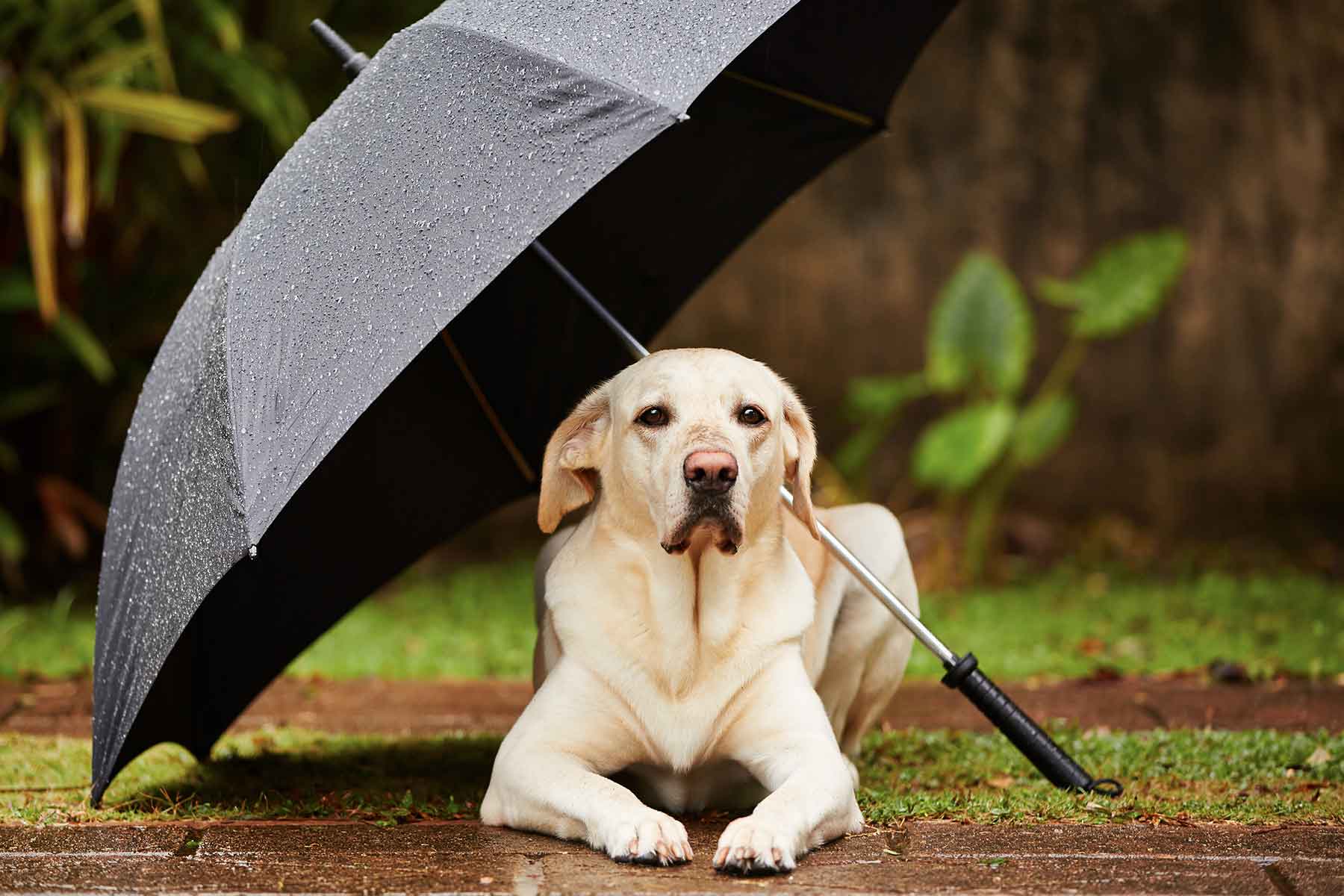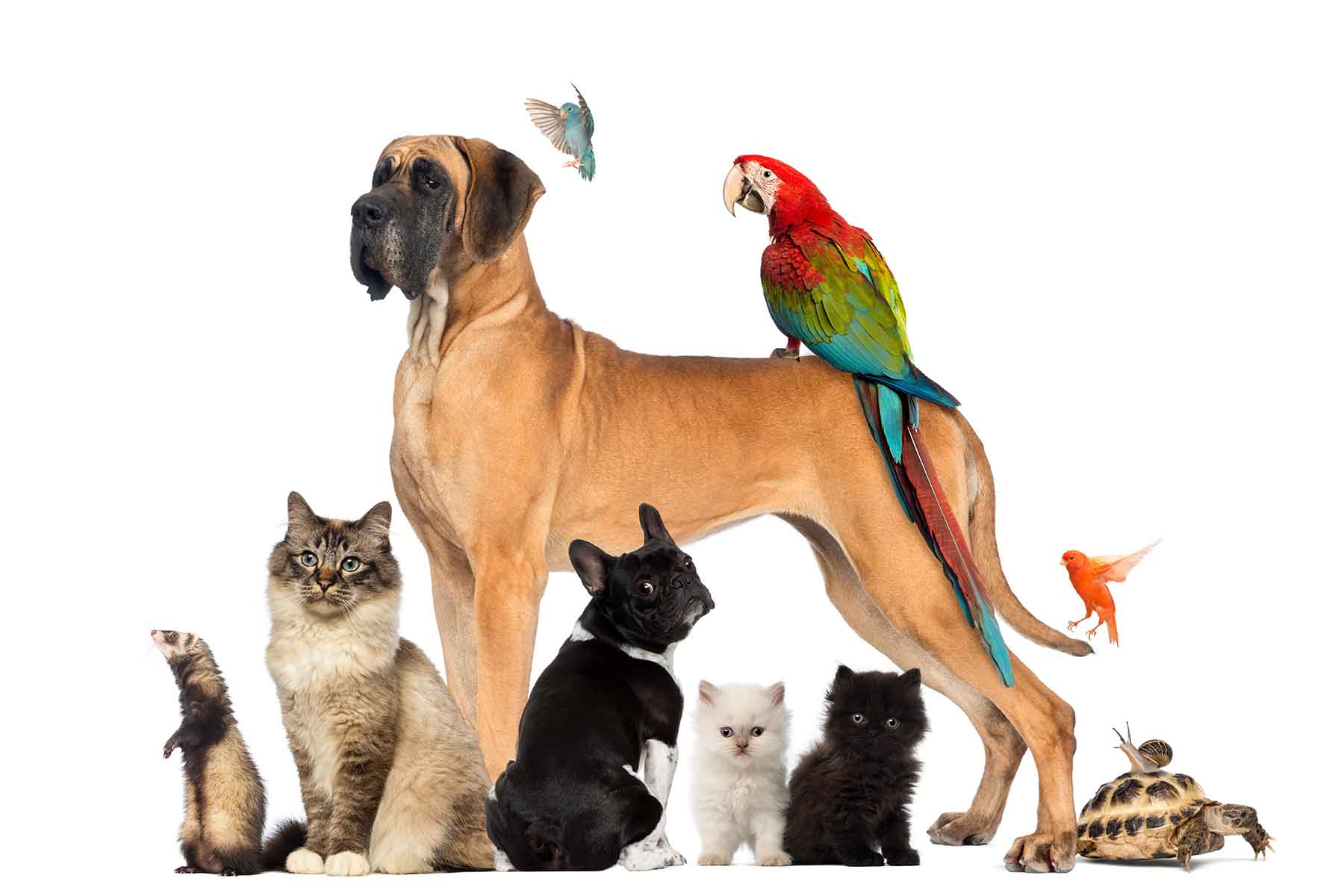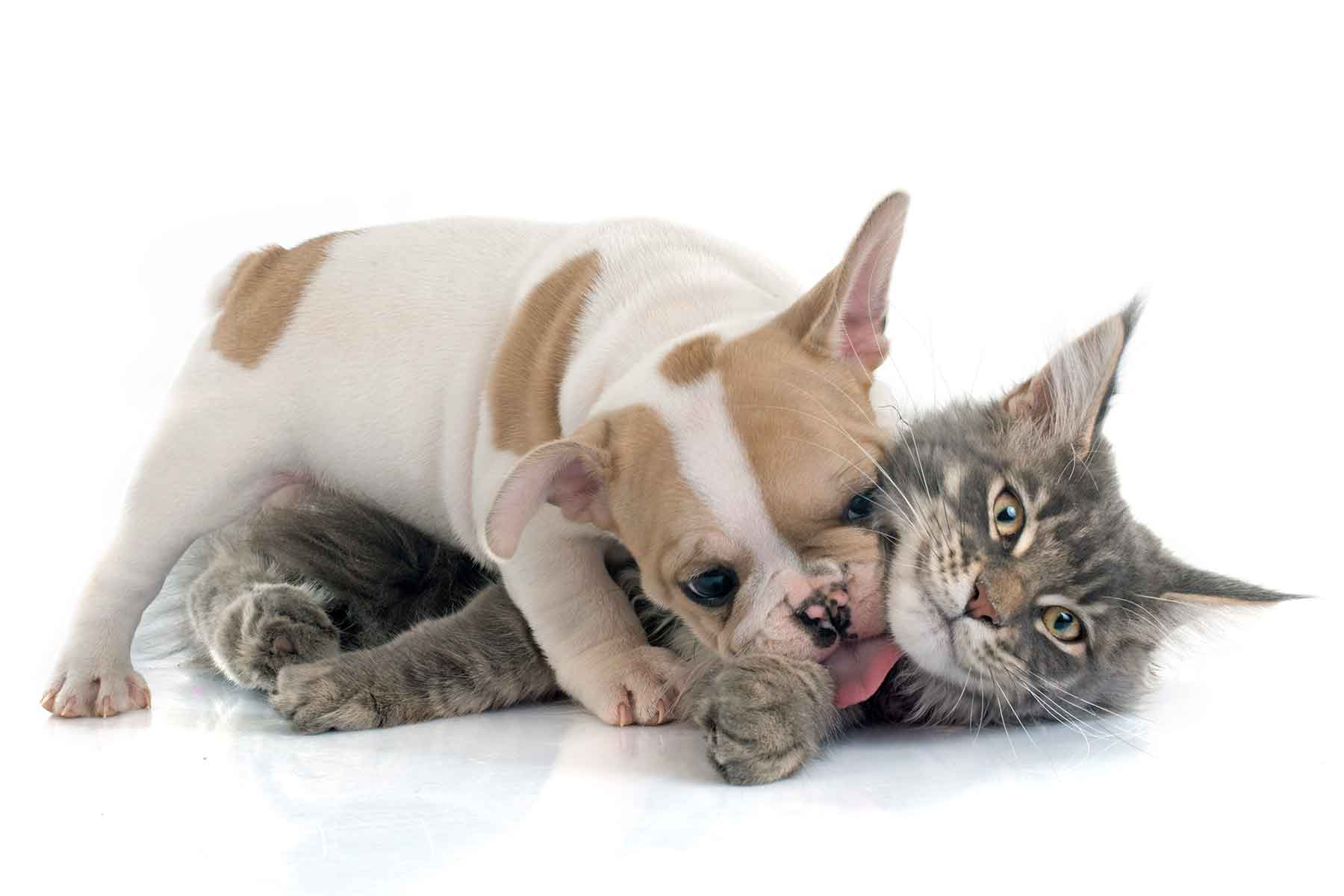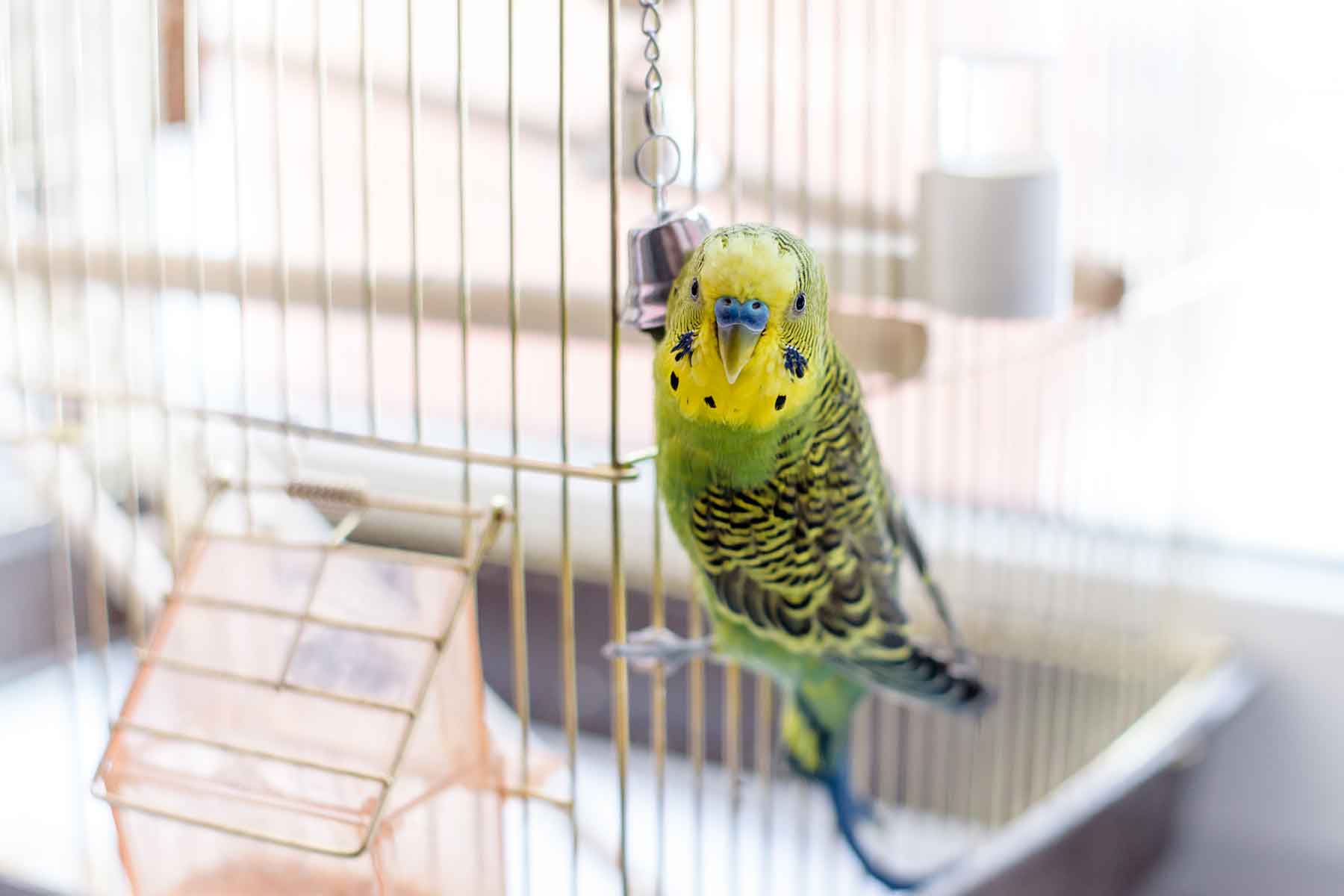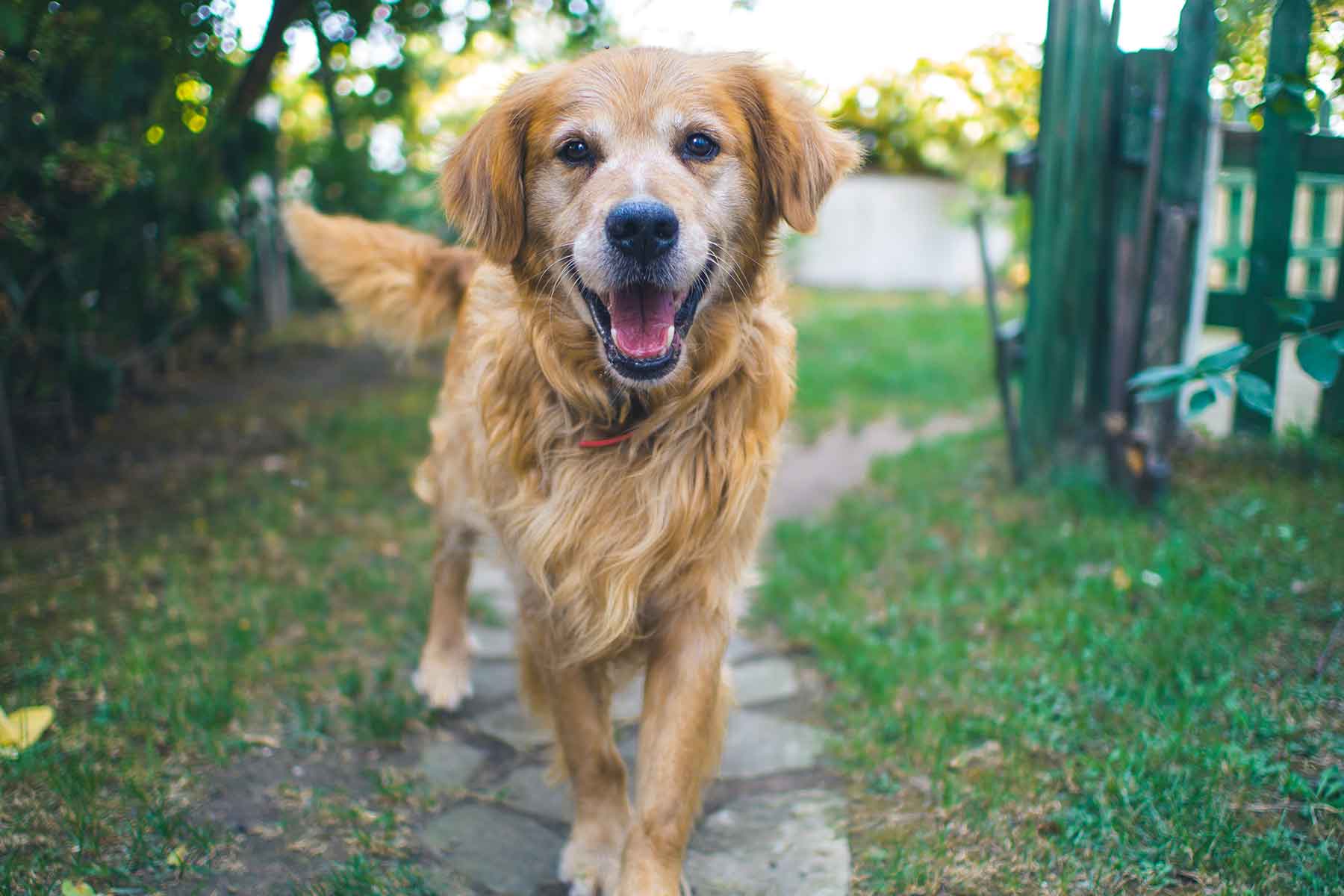Exercise is as important as feeding a healthy, well balanced diet to your pet. Not only will it provide essential health benefits but it will also provide mental stimulation and important social contact with other canines and people.
What type of physical activity can you provide for your dog?
The type of exercise you choose for your pet depends on a number of factors, the most important being their current level of mobility, their age and weight. We encourage you to contact us and discuss your pet’s exercise plan prior to starting a new program. We can help you plan the frequency and duration of activity sessions as well as the most suitable forms of exercise for your pet. Of course the last thing we want to see is a knee injury from a dog who hasn’t chased a ball since he/she was a puppy. What we do want to see is a progressive improvement in your pet’s fitness level and muscle tone without injury.
Top 8 exercise activities for you and your pet
- Hide and seek – instead of feeding your dog a bowl of biscuits, why not play hide and seek. You can start by allowing your dog to watch the hiding process and then encouraging them to find their food and work your way up to a real treasure hunt. If you are concerned about backyard scavenging, try hiding food indoors in a safe area of the house first.
- DIY agility – Make your own agility course at home or use objects at the park to teach your dog simple agility exercises.
- Walking and hiking – get out and about in the real outdoors and choose a terrain and distance which suits you and your pet.
- Jogging – start out by alternating between a slow jog and a walking recovery period. Slowly build up the length of your jogging intervals until you and your pet can manage a constant jog.
- Rollerblading with your pet – Rollerblading will keep you fit and healthy and is fantastic for obedient dogs who can walk and run off the lead as well as obey commands such as slow, run, stop. Choose a local park with well maintained footpaths and off leash access.
- Frisbee, ball or toy throwing – a game of good old catch is without doubt one of the best forms of exercise for any active dog.
- Bat and ball – using a small bat or tennis racket will give your pet the extra distance and pace.
- Swimming with your best friend – If your pal loves a trip to the beach and a dip in the water you can start your swimming sessions off in shallow water. Swim for a short distance, encouraging your dog to swim close behind you. Try sculling (moving your arms and legs in easy circular motions on your back or front with your head above water) so you can verbally encourage him/ her to follow you. If your dog is not a confident swimmer, invest in a life jacket for extra buoyancy and safety. Also, if your dog really doesn’t enjoy being in water, we would prefer you try one of the land exercises.
Veterinary tips on safe and healthy exercise
Here’s a few tips for pets returning to exercise and those already in existing programs:-
- Orthopaedic problems? Please consider exercising on flat even surfaces and control exercise. Consider lead walking and avoiding running.
- Playing catch? Prevent landing injuries by throwing items closer to the ground rather than encouraging high catches.
- Use toys and frisbees meant for dogs rather than sticks to reduce the chances of mouth, eye, throat and neck injuries.
- Growing puppy? Discuss your exercise intentions with us – care needs to be taken with all puppies exercise until their growth plates are closed, especially large breed puppies
- Exercising on a hard surface? Be cautious, particularly if you have concerns about your pet’s level of mobility.
- Feed after exercise not before, but allow half an hour to settle down so they do not bolt their food.
- Strenuous exercise for more than 30 minutes? Provide access to freshwater.
- Help us keep a clean environment everyone can enjoy – if you are out and about pick up after your dog.
Exercise for overweight pets
Excess weight can cause similar health problems in dogs as in humans such as respiratory problems, joint problems and reduced life expectancy. A veterinary weight loss program including a calorie-controlled diet and an exercise program overseen by your veterinary team is the safest way to achieve weight loss and maintain a healthy weight.
If your pet’s exercise goal is weight loss here’s a couple of extra pointers:
- Commit to regular weight checks.
- Diarise your pet’s weight and chart their progress against your goals.
- Start with small changes in exercise level and soon your pet will be begging to do more.
- Provide a calorie-controlled, nutritionally balanced diet.
- For safe and manageable weight loss, ask for our help to create a weight loss program to suit your pet.
Other links to enjoy:
- Weight loss clinic – let us design a weight loss program for your pet
- Try a new sport with your dog
- Activities for you and your dog

